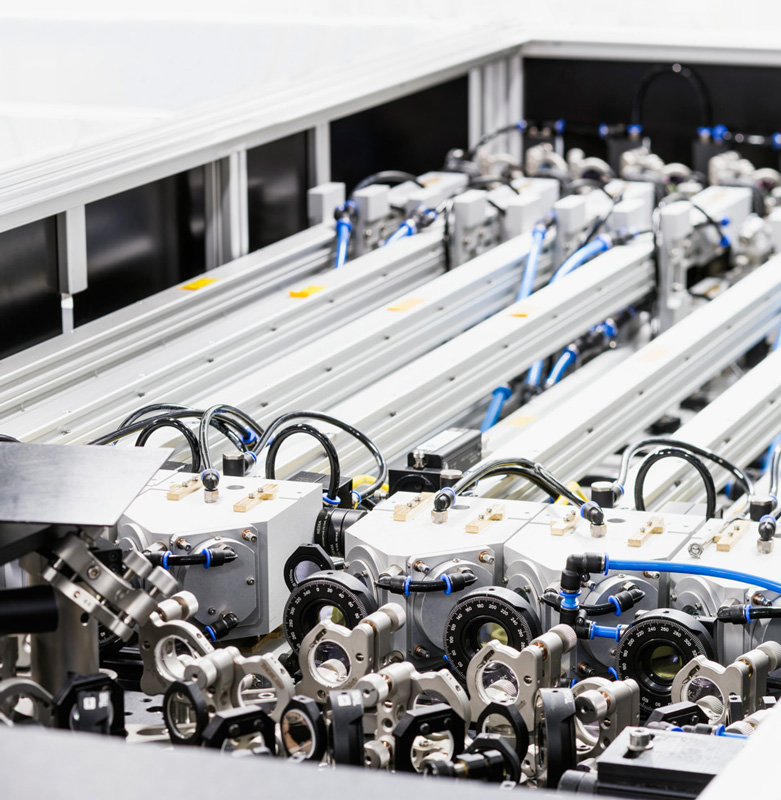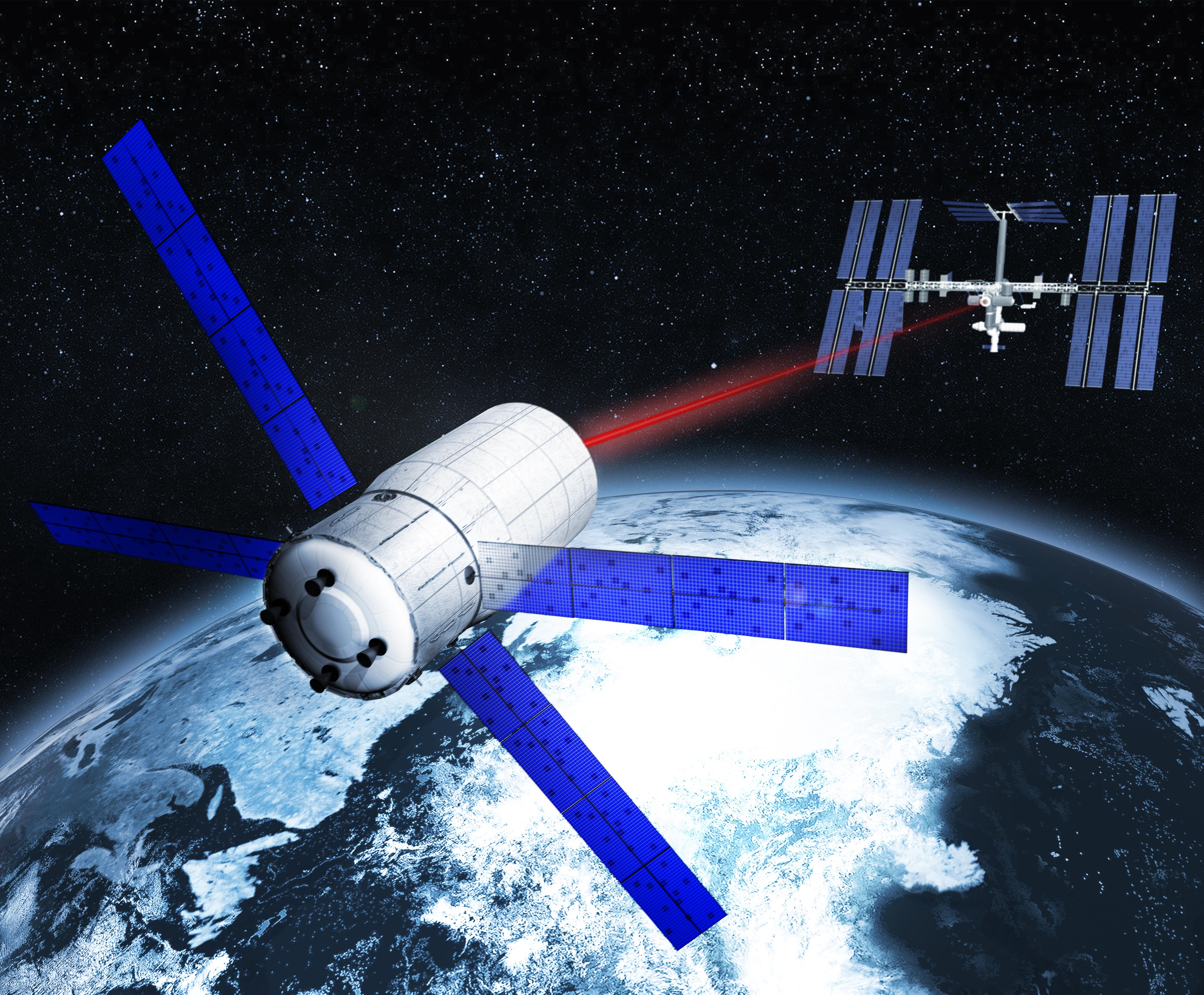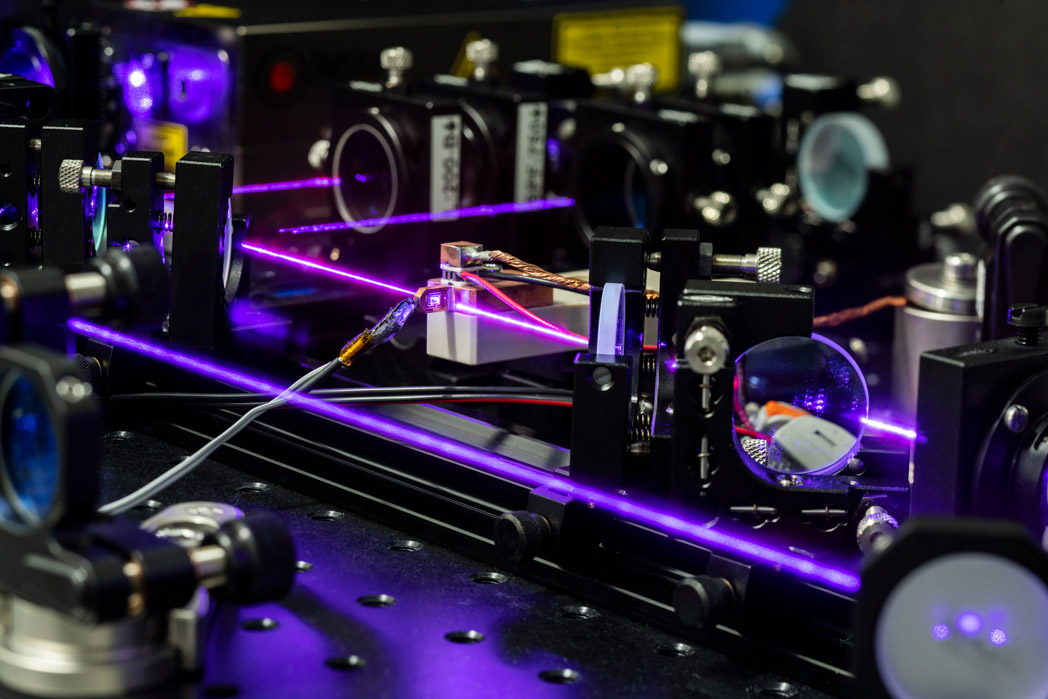High innovation potential also for the future
Despite the achievements so far, Institute Director Tünnermann indicates that the limit of what is feasible is far from being reached. "In the future, the laser will open up new wavelength ranges up to the X-ray range and thus enable new imaging methods in medicine, for example.”
Intensive research is currently being carried out at the Fraunhofer-Gesellschaft on ultra-short pulsed lasers for industrial applications. In the "Cluster of Excellence Advanced Photon Sources" (CAPS), 13 Fraunhofer Institutes have joined forces to develop laser sources and process technology for outputs up to 20 kW. Lasers of this kind could be used, for example, to make millions of tiny holes in aircraft wings, which would help to save fuel.
More and more advanced laser technologies are also needed in the field of quantum technologies. Practically all approaches to quantum technology require lasers to generate and query quantum states. This was the case with the "QuNET" project, for which the Fraunhofer-Gesellschaft, the Max Planck Society, and the German Aerospace Center have been building a pilot network for quantum communication in Germany since last year.
Experts, therefore, agree that the laser will continue to produce spectacular innovations in the future. Laser researcher Prof. Andreas Tünnermann puts it this way: "Although the laser is now 60 years old, it is always good for something new. There are always new surprising realizations of this old concept."



